Someone needs to explain to Musk how to debug with the JSON so that the ipv6 GUI does not overflow into the git API front-end
Salamander
- 6 Posts
- 31 Comments
There is a nice (even if by now already a bit outdated) analysis about the openness of different “open source” generative AI projects in the following article: Liesenfeld, Andreas, and Mark Dingemanse. “Rethinking open source generative AI: open washing and the EU AI Act.” The 2024 ACM Conference on Fairness, Accountability, and Transparency. 2024.


I did not know of the term “open washing” before reading this article. Unfortunately it does seem like the pending EU legislation on AI has created a strong incentive for companies to do their best to dilute the term and benefit from the regulations.
There are some paragraphs in the article that illustrate the point nicely:
In 2024, the AI landscape will be shaken up by the EU’s AI Act, the world’s first comprehensive AI law, with a projected impact on science and society comparable to GDPR. Fostering open source driven innovation is one of the aims of this legislation. This means it will be putting legal weight on the term “open source”, creating only stronger incentives for lobbying operations driven by corporate interests to water down its definition.
[…] Under the latest version of the Act, providers of AI models “under a free and open licence” are exempted from the requirement to “draw up and keep up-to-date the technical documentation of the model, including its training and testing process and the results of its evaluation, which shall contain, at a minimum, the elements set out in Annex IXa” (Article 52c:1a). Instead, they would face a much vaguer requirement to “draw up and make publicly available a sufficiently detailed summary about the content used for training of the general-purpose AI model according to a template provided by the AI Office” (Article 52c:1d).
If this exemption or one like it stays in place, it will have two important effects: (i) attaining open source status becomes highly attractive to any generative AI provider, as it provides a way to escape some of the most onerous requirements of technical documentation and the attendant scientific and legal scrutiny; (ii) an as-yet unspecified template (and the AI Office managing it) will become the focus of intense lobbying efforts from multiple stakeholders (e.g., [12]). Figuring out what constitutes a “sufficiently detailed summary” will literally become a million dollar question.
Thank you for pointing out Grayjay, I had not heard of it. I will look into it.

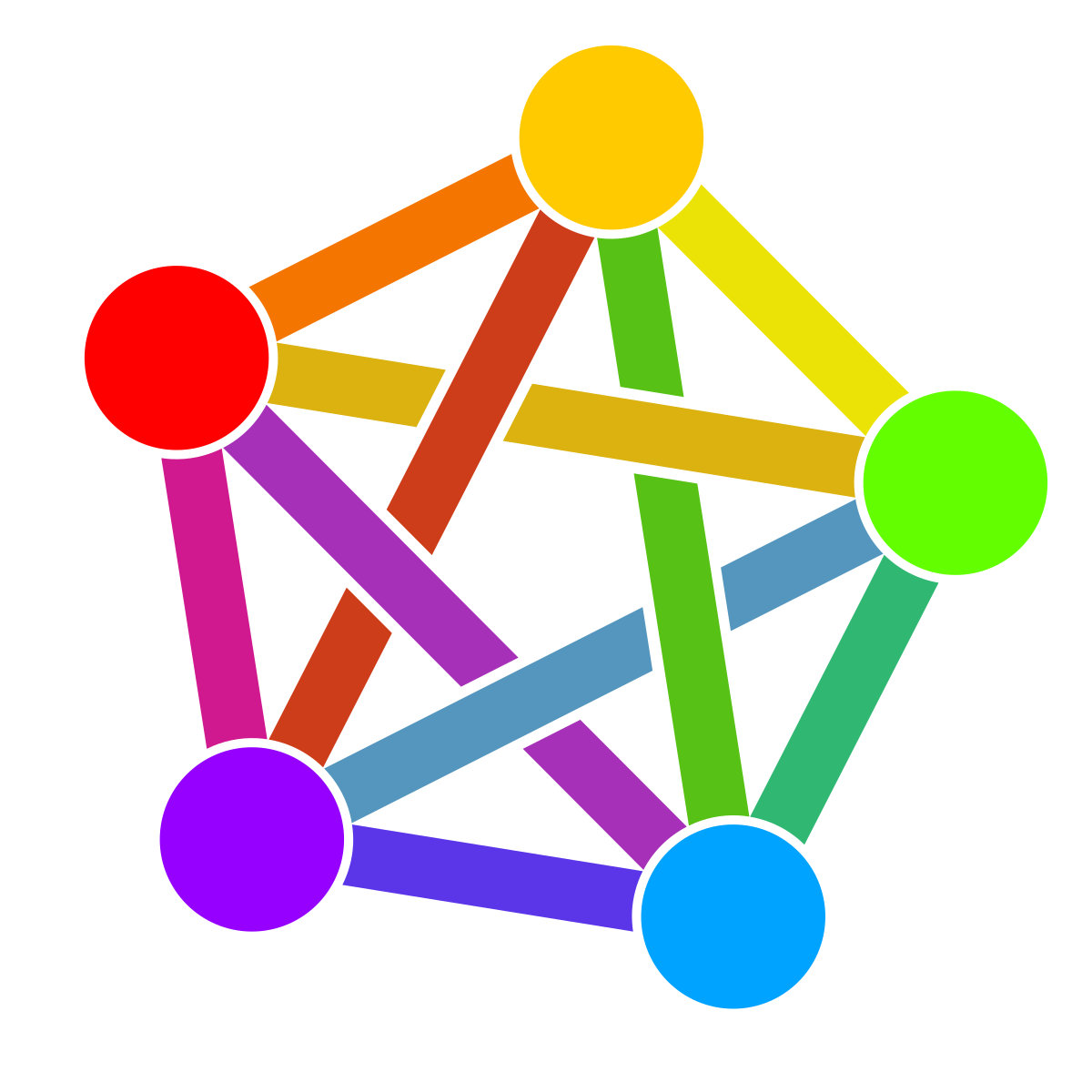
I find it satisfying to see the graph come down :)


Yes, sorry, there was some serious lagg in fetching posts from Lemmy World that persisted for several days and accumulated a 1-week delay.
But after upgrading Mander it is now fetching data from LW quite rapidly and it should be back in-sync in about a day and a half from now.
If you are curious about the ranking algorithm, there is some info here: https://join-lemmy.org/docs/contributors/07-ranking-algo.html
You can take a lot of control by using search commands. Here is a list of commands for Google, for example: https://www.lifewire.com/advanced-google-search-3482174
By using commands like these you can narrow down your searches to the point that the impact of SEO is small. You give a much greater weight to the conditions that you have chosen.
It can be a bit of work to write a good search query, but the database that search engines search through is massive, so it makes sense that it would take some work to do this right.
Search engines like google aggregate data from multiple sites. I may want to download a datasheet for an electronic component, find an answer to a technical question, find a language learning course site, or look for museums in my area.
Usually I make specific searches with very specific conditions, so I tend to get few and relevant results. I think search engines have their place.
Ah, cool! I got my 4 devices today and I have managed to play with them a bit. They are pretty cool! I was able to walk over to a park near my house and spoke with people across the world with no data in my phone :D
I ordered four of the simpler devices this weekend (LilyGO T3-S3 LoRa 868MHz - SX1262) and I have been reading about antennas.
Since I live in a city I am not super optimistic about the range. But I am still very curious about the concept, and I would love to be surprised.
After doing some search about antennas, I have decided to test the following combination:
-
3dBi 868MHz ISM Band Dipole Terminal Antenna for the LoRa that stays at home:
-
Sighunter 868 MHz to bring with me.
I also have a vector network analyzer (LiteVNA) that can be used for checking antennas, so I will also try to build some antennas myself. I doubt that my custom antennas will approach the performance of the professional ones… But I just find it such a cool concept.
Have you already gotten to play with it? What is your experience so far?
-
Sure.
If I make my own AI image generator and create a nice image with it, or use some AI engine that gives me full ownership of the output, I can choose to share it online with whatever license I want to share it with. I don’t see why the regular copyright rules for digital images and photographs would not hold… If someone shares their AI creation online and wants others to share with attribution, or not share at all, what is wrong with that?
I can take a ton of photos of objects with my phone, upload them to Flickr, and they are all copyrighted. That doesn’t mean that other’s can simply take similar photos if they wish to do so. The same with AI. One can decide whether to share with attribution, pay someone to let them use it, or to generate the image themselves using AI. It does not seem like a problem to me.

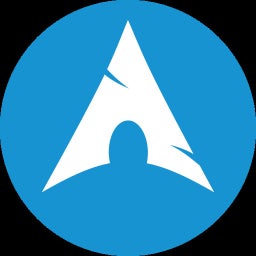
Oh, I had not noticed that page. I was hoping getting the NiDAQmx (https://www.ni.com/en/support/downloads/drivers/download.ni-daq-mx.html#494543) driver installed would be enough. So this means that even if I succeed it might still not support it 😅
I was quite naive when selecting this card. I knew nothing about PCIe and I figured it would be a very simple matter to read out the values…
I just found some videos about writing PCIe drivers from scratch, but since I know nothing about PCIe I have no idea about the level of complexity that it would take to reverse-engineer. I suspect that it might be a very difficult thing to do, maybe even practically impossible.
My girlfriend kept complaining about losing her hearts on Duolingo and I was very confused as I never had any “hearts” during regular lessons. Eventually I found out that since I had created a classroom while exploring the site, I was given access to a teacher version of Duolingo - which is basically a free premium version 😅


Nooo, I just recently discovered NewPipe 😔

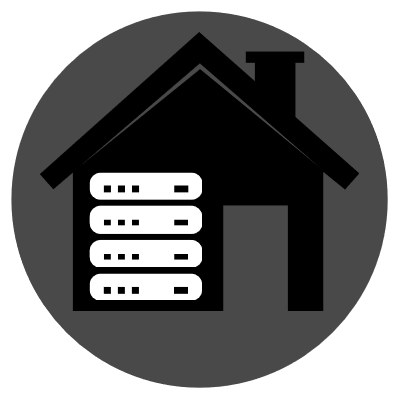
Thank you - that makes sense!
I think I understand why this is done now. Most HTTP requests are hidden by the SSL encryption, and the keys to decrypt it are client-specific. So, if one wants to block ads at the network level without needing to get the SSL keys of every client that connects to the network, then this is the most specific amount of information that you can provide the PiHole with. The HTTP blocking needs to be set up in a client-specific manner, and that’s why they work well as browser extensions.
At this point it might actually be worth adding it to my CV 😂


Thanks!
Adblocking plugins aren’t limited by this and can filter the actual content and HTTP requests made by the browser.
Why is this the case? What rules do Adblock plugins use that allow them to determine that something that is being served is an ad? I understand from what you are saying that Adblock will block on the basis of the HTTP requests instead of filtering at the DNS level - do ads come with specific HTTP headers that are not processed by the pi-hole DNS server and thus can’t be used for filtering? I don’t fully understand yet the details of how the two ad-blocking mechanisms operate, so their differences are not obvious to me.

-
You can change the theme in your profile
-
You can customize the CSS using an extension like Stylus to create your own theme
-
You can access an instance through a custom UI, like mlmym: https://github.com/rystaf/mlmym
-

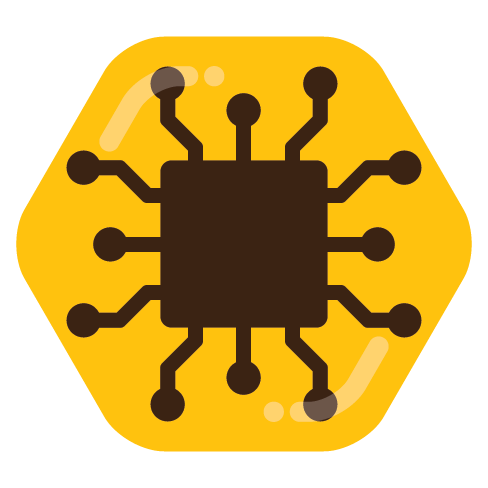
Woah. That is a lot sooner than I had anticipated.




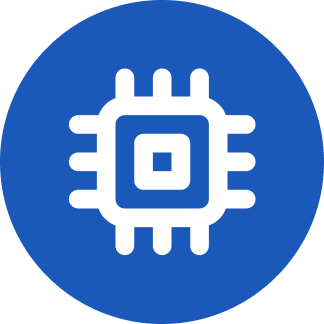
I have banned multiple of those accounts for DM spam. Banned a new one just now.
I’m not sure this is a bot. I suspect it might be a real person who doesn’t realize how they’re coming across. Initially, I thought it might be a strategy to get attention, but if that were the case, I’d be surprised by their persistence with a strategy that isn’t very effective.
I suppose it is kind of effective if we are making posts about them… Hmm…
I prefer not making too many assumptions other than to assume no malice. But of course the DM spam will not be tolerated.